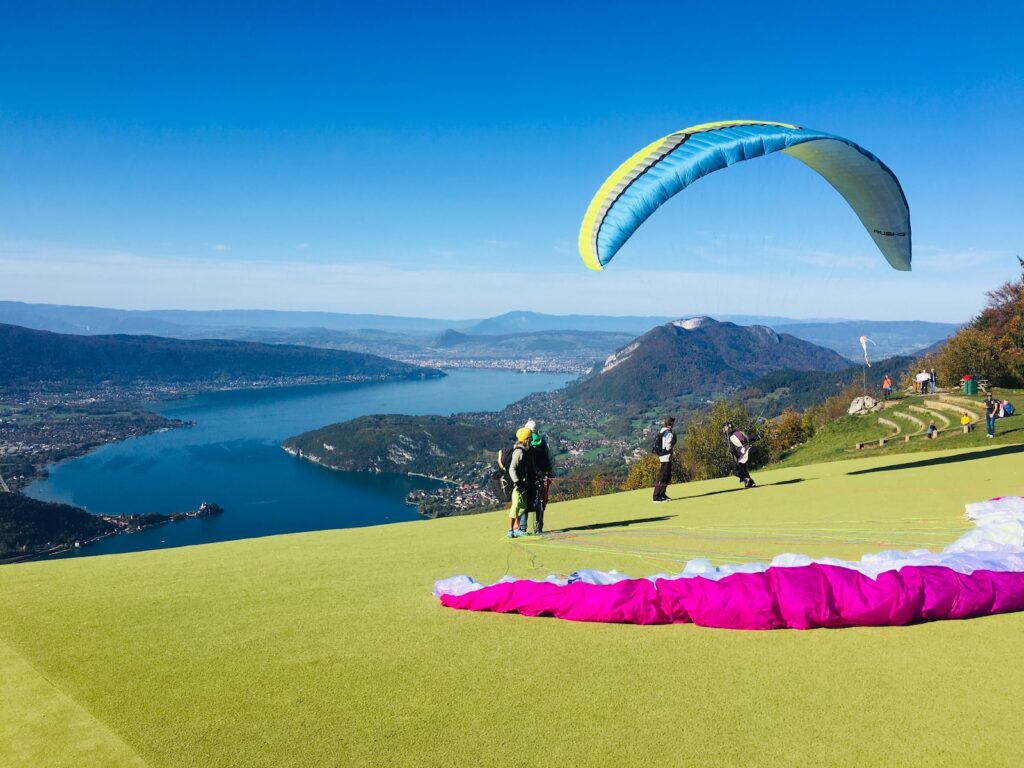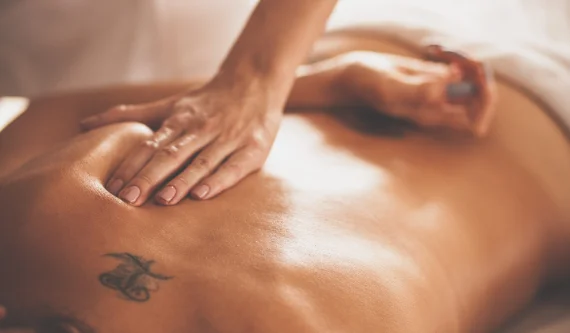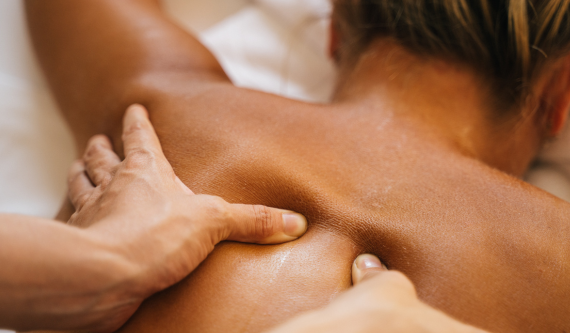Paragliding is a thrilling and adventurous sport that requires strength, endurance, and precision. However, like any sport, paragliding comes with its risks of injuries, and it’s essential to understand how to prevent and treat them. In this article, we’ll explore the muscles used in paragliding, common injuries, and treatment tips to help you stay safe and healthy in the air.
The Muscles Used in Competitive Paragliding: Building Strength and Endurance
Paragliding requires a combination of upper and lower body strength, as well as endurance. Here are the key muscle groups used in paragliding:
- Core: Your core muscles are essential for stabilizing your body and maintaining balance while in flight.
- Back: Your back muscles, including your lats and traps, are critical for controlling the glider and maintaining proper posture.
- Legs: Your leg muscles, including your quads, hamstrings, and calves, are crucial for launching, landing, and controlling the glider.
- Arms: Your arm muscles, including your biceps and triceps, are necessary for steering the glider and controlling the wing’s angle of attack.
To build strength and endurance in these muscle groups, it’s essential to incorporate a variety of exercises into your training routine. Running, cycling, and swimming are excellent exercises for building endurance, while strength training exercises like planks, pull-ups, and squats are great for building strength in your upper and lower body.
Common Injuries in Paragliding: Prevention and Treatment Techniques
Paragliding injuries can range from minor bruises to severe fractures. However, with the right prevention strategies, you can reduce your risk of injury. Here are some tips for staying healthy in the air:
- Use proper equipment: Make sure you have the proper equipment, including a sturdy helmet, harness, and glider.
- Follow proper technique: Proper technique, such as launching, landing, and controlling the glider, can reduce your risk of injury.
- Check weather conditions: Avoid flying in adverse weather conditions, such as strong winds or thunderstorms.
- Listen to your body: Stop flying if you experience pain or discomfort.
If you do sustain an injury, it’s essential to seek medical attention as soon as possible. Some common injuries in paragliding include:
- Fractures: Fractures are common in paragliding, and can occur in the spine, ribs, or extremities. Treatment depends on the severity of the fracture but may include immobilization with a cast or brace, surgery, and physical therapy.
- Sprains and Strains: Sprains and strains can occur in the ankles, knees, and wrists. Treatment includes rest, ice, compression, and elevation (RICE), and physical therapy.
- Head Injuries: Head injuries can range from minor concussions to severe brain trauma. Treatment involves rest and medical evaluation.
Recovering from Paragliding Injuries: Rest and Rehabilitation Strategies
If you do sustain an injury while paragliding, it’s essential to give your body time to rest and recover. Here are some rest and rehabilitation strategies to help you recover from paragliding injuries:
- Rest: Rest is critical for allowing your body to heal. Avoid physical activity and give your body time to recover.
- Rehabilitation: Once you’re ready, physical therapy can help you regain strength and mobility.
- Nutrition: Eating a healthy, balanced diet can help support muscle recovery and prevent injuries. Make sure to include plenty of lean protein, complex carbohydrates, and healthy fats in your diet.
Staying Safe in the Air: Essential Equipment and Flight Tips
In addition to proper technique and equipment, there are several flight tips you can follow to stay safe in the air:
- Check your equipment: Before taking off, double-check your equipment, including your glider, harness, and helmet.
- Check weather conditions: Check weather conditions before taking off and avoid flying in adverse weather.
- Fly with an experienced pilot: If you’re new to paragliding, consider flying with an experienced pilot to learn proper techniques and safety tips.
- Be aware of your surroundings: Stay aware of other paragliders and obstacles in the air, such as power lines and trees.
- Follow safety protocols: Follow safety protocols, such as signaling before landing and avoiding crowded airspace.
In conclusion, paragliding is a thrilling and exciting sport that requires strength, endurance, and precision. However, it’s essential to understand the risks of injuries and how to prevent and treat them. By incorporating proper technique, equipment, and flight tips, and by following rest and rehabilitation strategies if you do sustain an injury, you can enjoy the thrill of paragliding while staying safe and healthy in the air.





